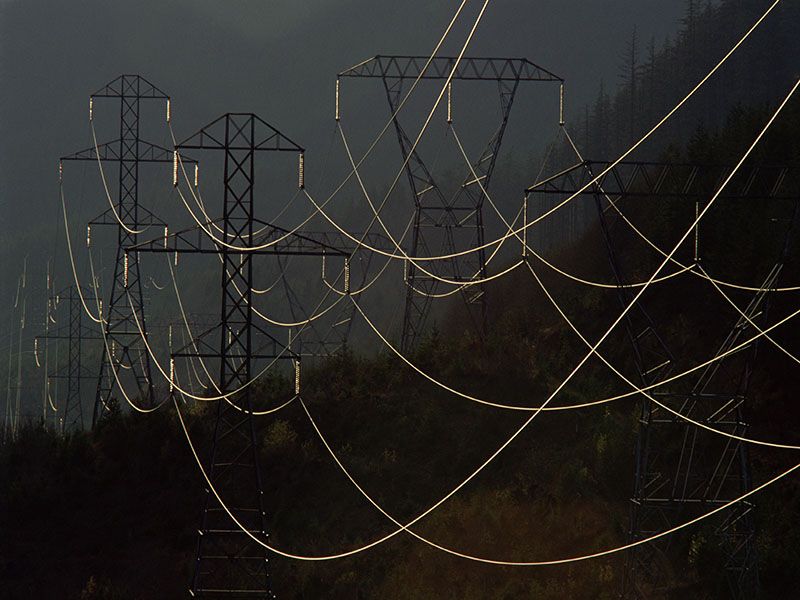
Power outages are becoming more frequent in the United States, and a new study highlights one consequence of prolonged blackouts: carbon monoxide poisonings.
Looking at major U.S. power outages between 2007 and 2018, researchers found that carbon monoxide poisonings spiked during those disruptions, versus the days immediately before.
The pattern is not surprising, said lead researcher Dr. Christopher Worsham. Last year, when a winter storm swept across Texas, causing a massive power outage, carbon monoxide poisonings shot up. More than 1,400 people reportedly ended up in the emergency department, and at least 11 died.
“The big cold snap in Texas gave us a dramatic example of what can happen,” said Worsham, a critical care doctor at Massachusetts General Hospital and Harvard Medical School, in Boston.
But while there is “no shortage” of such stories, he said, the issue had not been systematically studied before now.
Carbon monoxide (CO) is an invisible, odorless gas produced when fuels — including gasoline, coal, wood and natural gas — are incompletely burned. When people breathe in CO, it replaces oxygen in the bloodstream and can prove fatal.
During a typical year, CO poisoning sends more than 20,000 Americans to the emergency room, and kills upwards of 400, according to the U.S. Centers for Disease Control and Prevention.
“It’s a silent killer,” said Katherine Pruitt, national senior director for policy at the American Lung Association. “But these are preventable tragedies.”
Often, CO poisonings are related to furnaces and other indoor appliances that are faulty or improperly ventilated to the outdoors.
During major power outages, people often fall victim after running power generators indoors, or bringing outdoor heat and cooking sources — like charcoal grills and campfire stoves — into the home. In some cases, people tried to use a gas stove as a heat source, or ran a car in a closed garage, in an effort to warm up or charge batteries.
It’s critical, Pruitt said, to keep those devices out of the home.
“Don’t burn anything inside unless it’s intended to be used indoors, and has proper ventilation,” she said.
For the new study, Worsham’s team used federal data to identify 581 major power outages that happened between 2007 and 2018. On average, they lasted 48 hours.
Then, using an insurance claims database, the researchers found 799 emergency department visits for CO poisoning that happened within 10 days before or 10 days after the onset of an outage. The large majority — 580 — struck after an outage began.
When outages lasted more than 48 hours, the study found, CO poisonings peaked on day three. At that point, they were nine times more common, versus 10 days before the outage began.
The findings were published Jan. 13 as a research letter in the New England Journal of Medicine.
Tracy Fox, a spokesperson for the American Red Cross, said it is critical for people to have a working CO detector on each level of the home — plus backup batteries in the event of a blackout.
And while power generators can provide electricity during an outage, Fox said that using them properly is vital. “I think many people don’t realize power generators should only be run outdoors,” she said.
Pruitt, of the lung association, said that people who rely on power for medical devices, such as supplemental oxygen, should plan for emergencies. Talk to your doctor about what to do should you lose power, she advised.
Symptoms of CO poisoning include dizziness, headache, nausea and confusion. Fox stressed that people who notice those symptoms, in themselves or their children, should immediately get to fresh air then call 911.
According to the U.S. Energy Information Administration, 2020 was a record-setting year for power outages — with the average American going eight hours without power, versus a little over three hours in 2013. Weather events, like hurricanes and ice storms, were often the culprit.
Worsham echoed the advice on what individuals should do to prevent CO poisoning, but also said the root causes of power outages need to be addressed: weather extremes related to climate change and the nation’s aging power grid.
“We need to invest in our infrastructure for many reasons,” Worsham said. “This is one more.”
More information
The American Red Cross has more on power outage safety.
SOURCES: Christopher M. Worsham, MD, pulmonologist and critical care doctor, Massachusetts General Hospital, and instructor, Harvard Medical School, Boston; Tracy Fox, spokesperson, American Red Cross, Washington, D.C.; Katherine Pruitt, national senior director for policy, American Lung Association, Chicago; New England Journal of Medicine, Jan. 13, 2022
Source: HealthDay

Leave a Reply